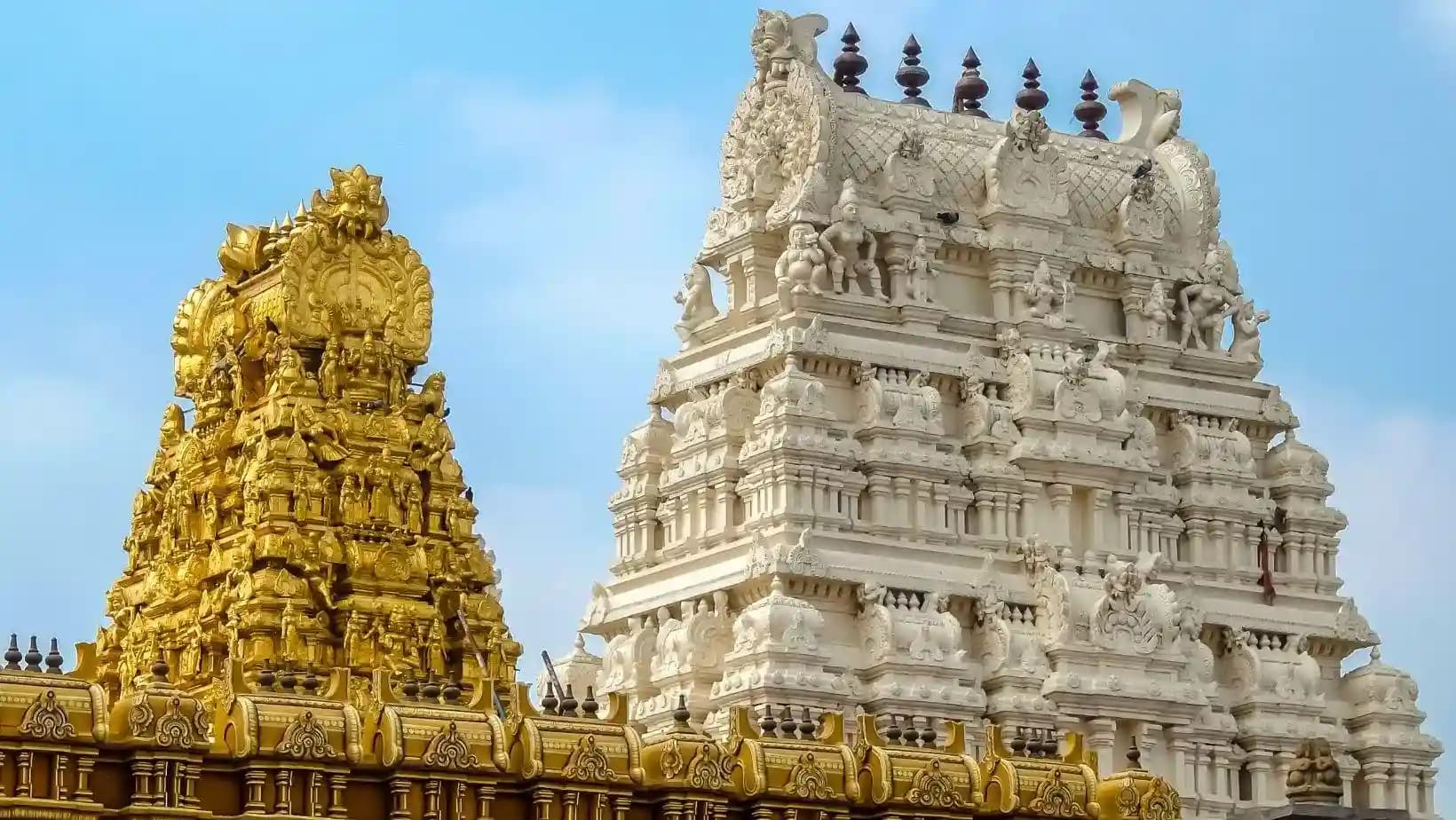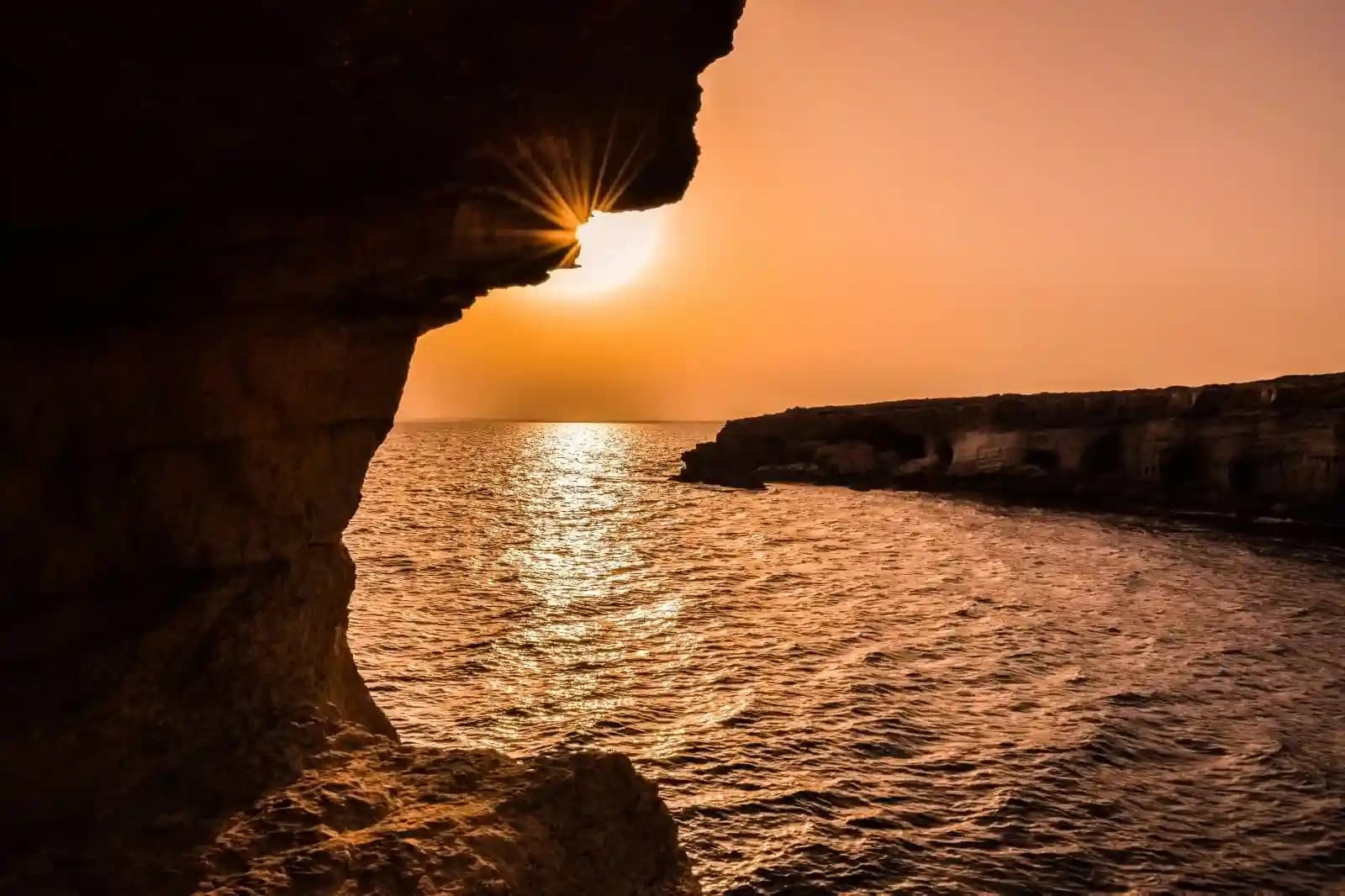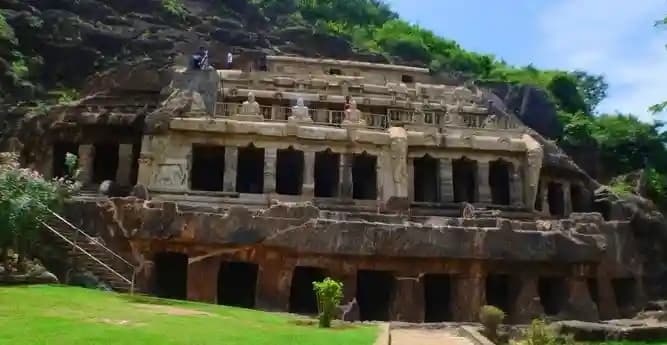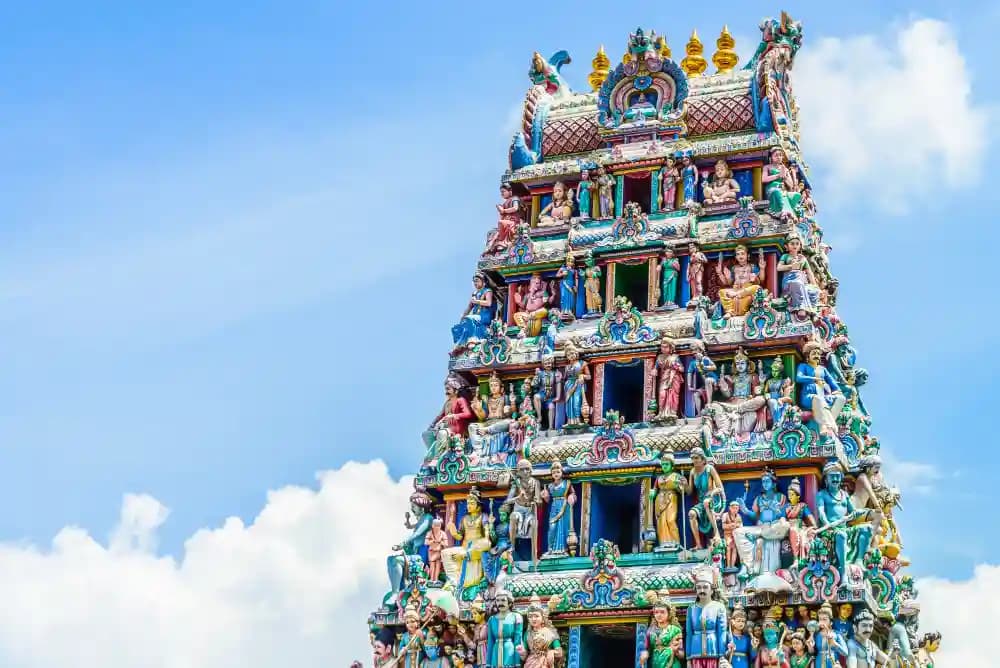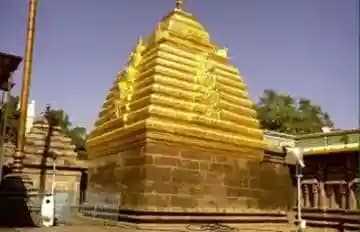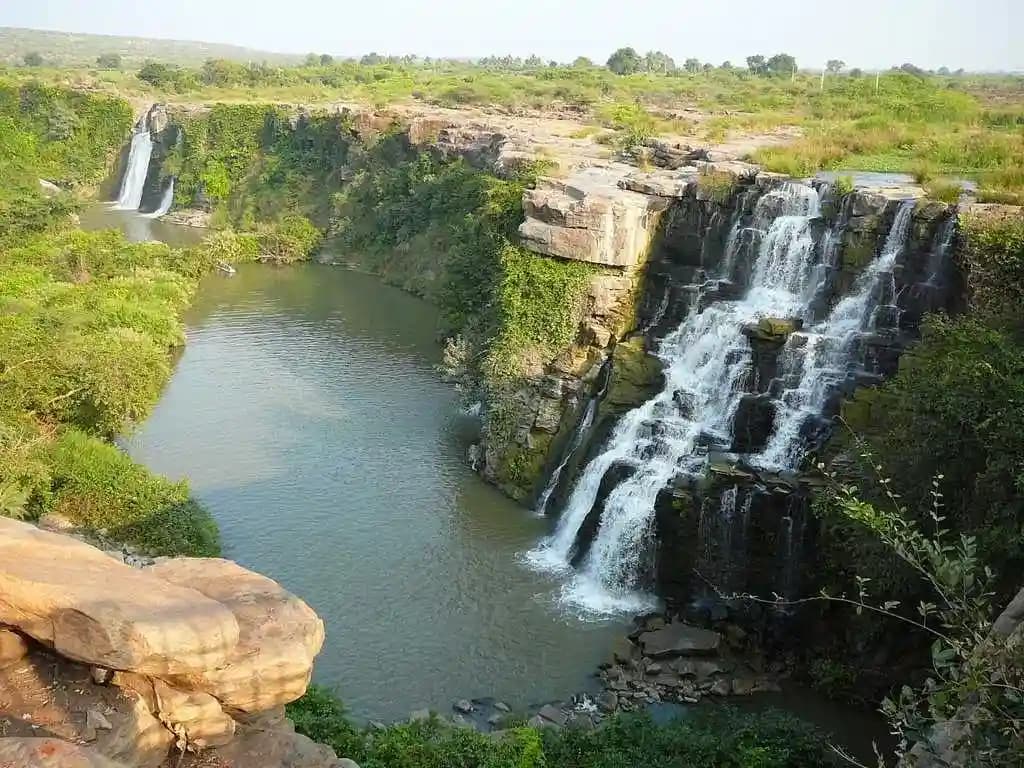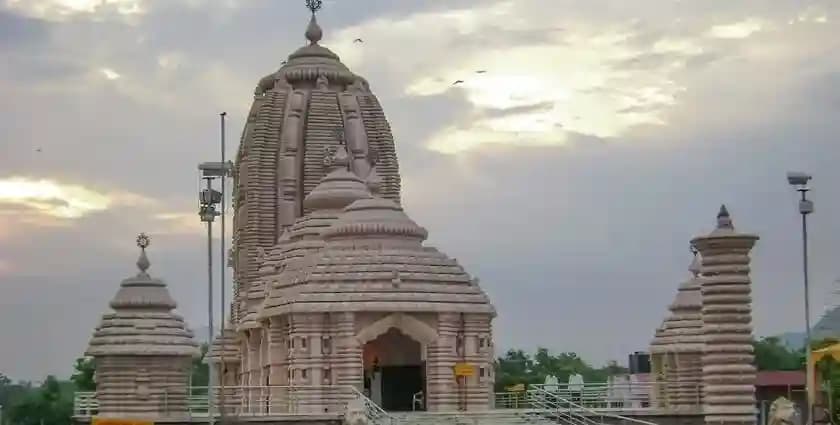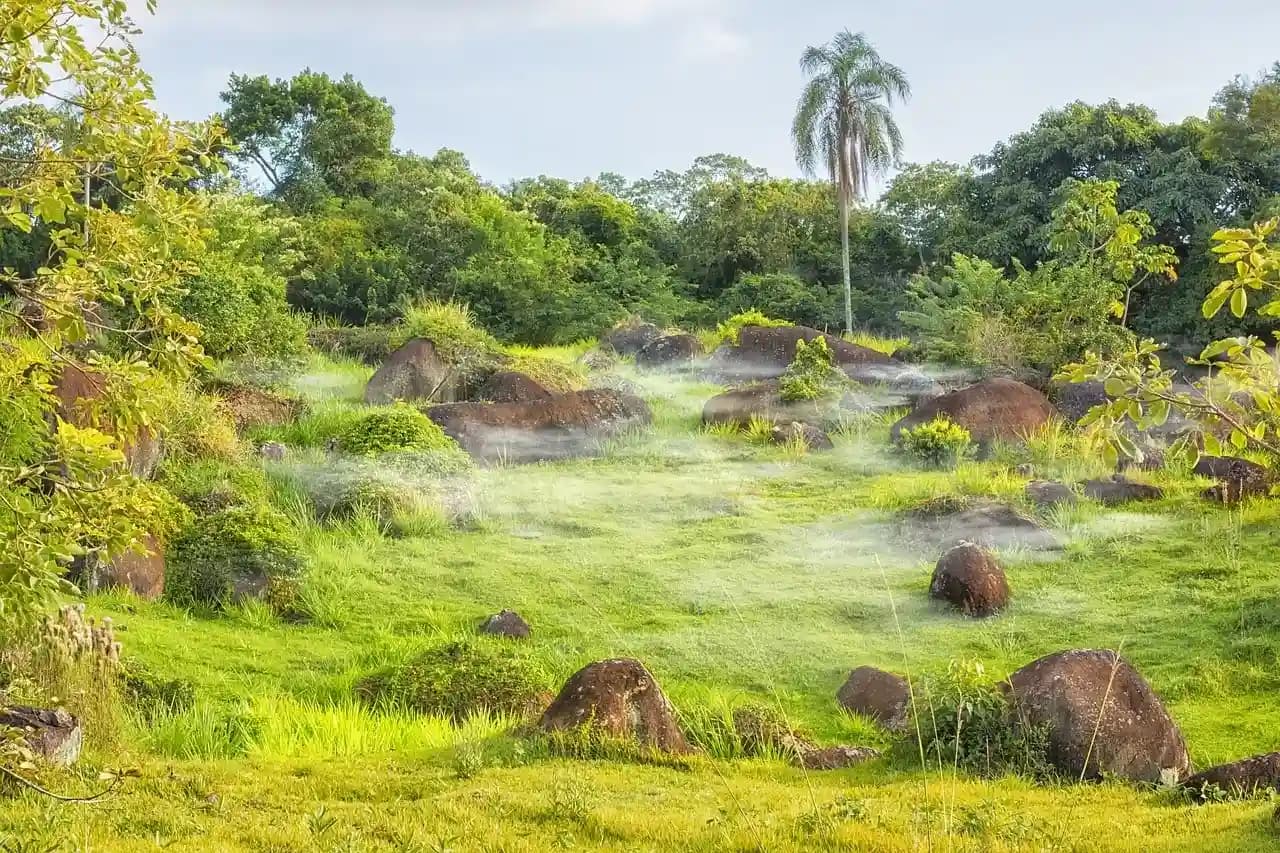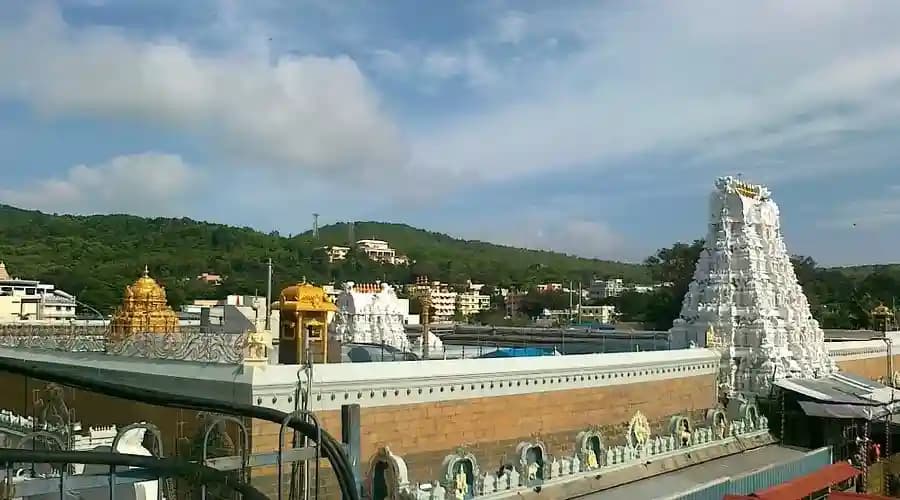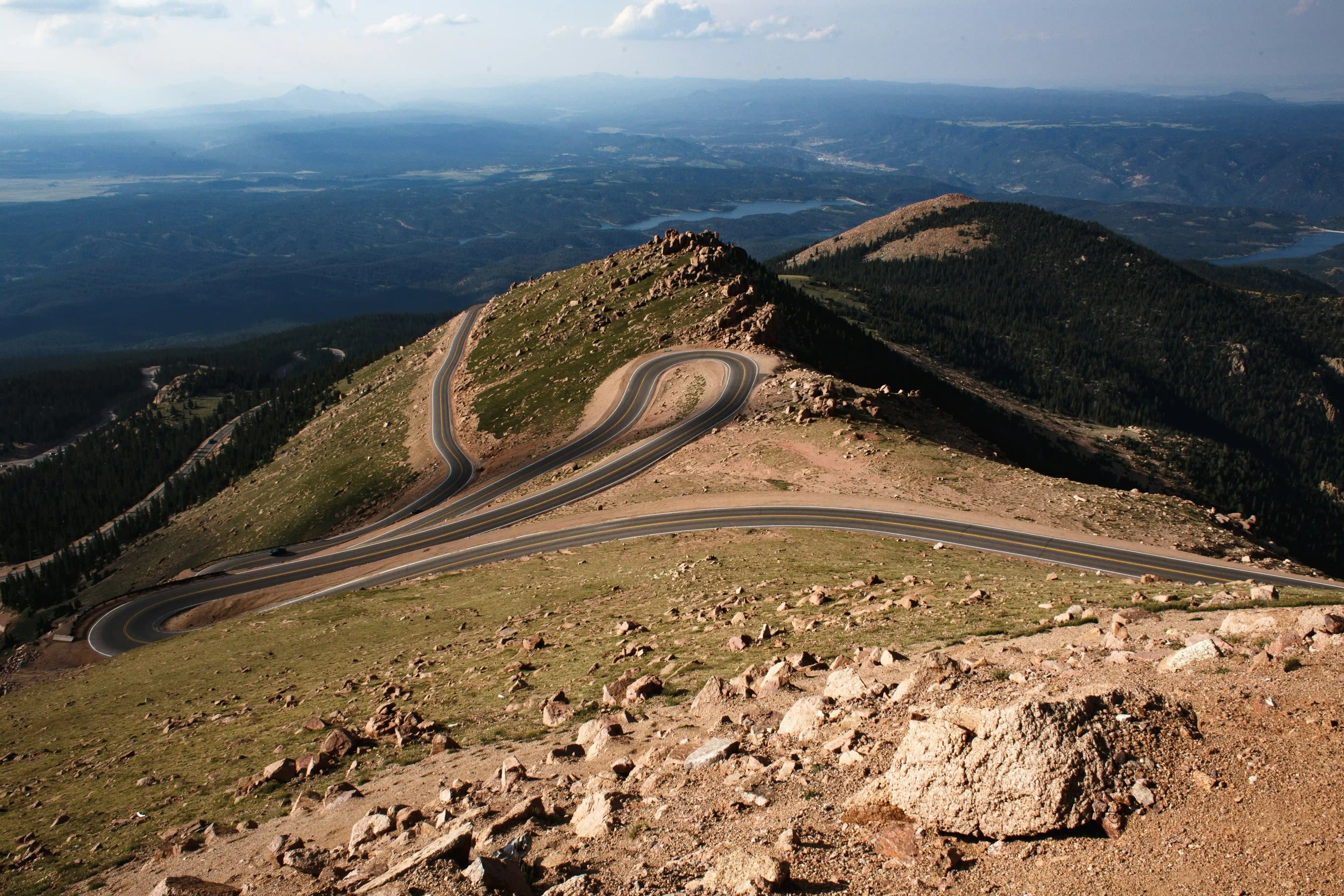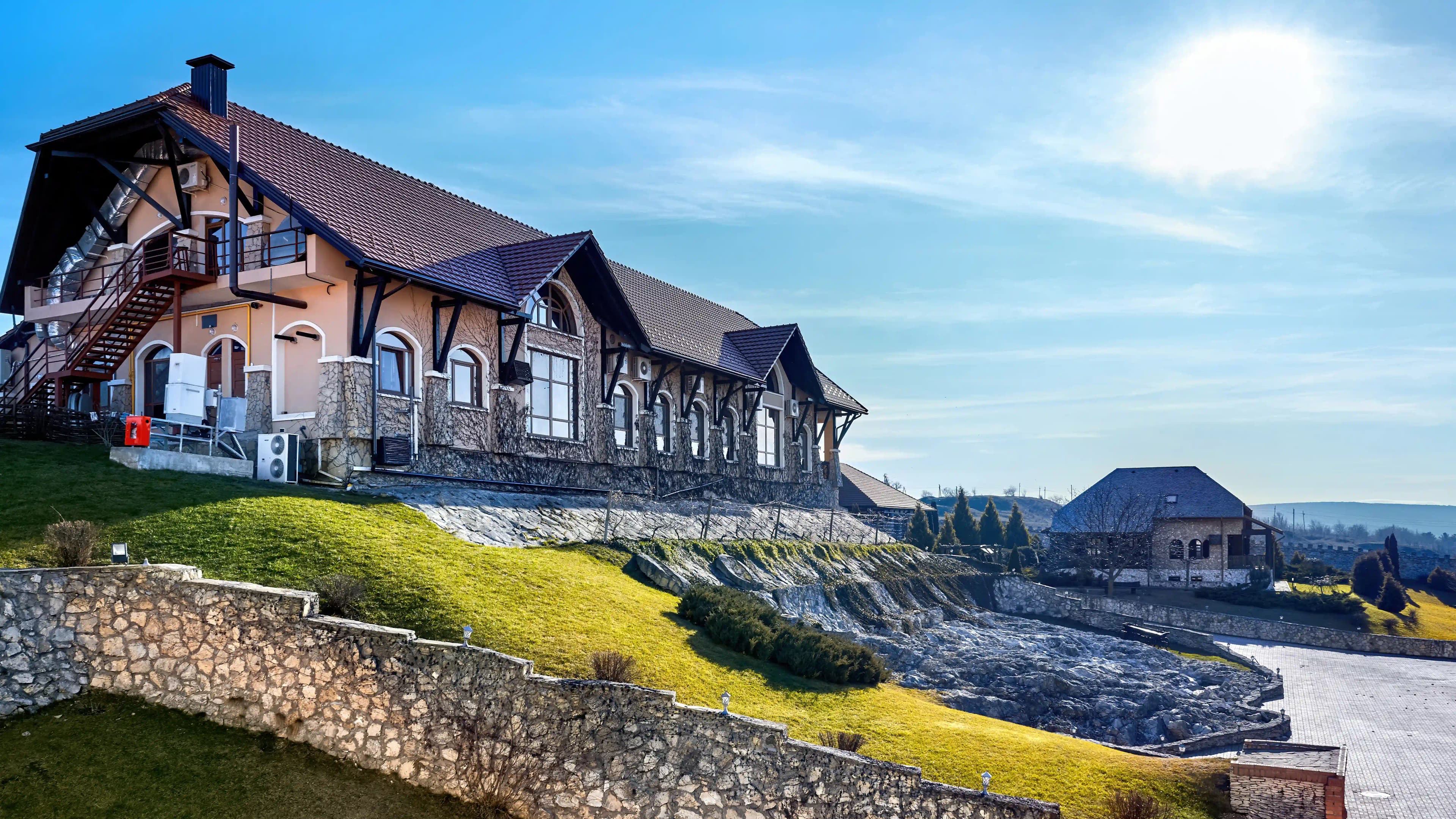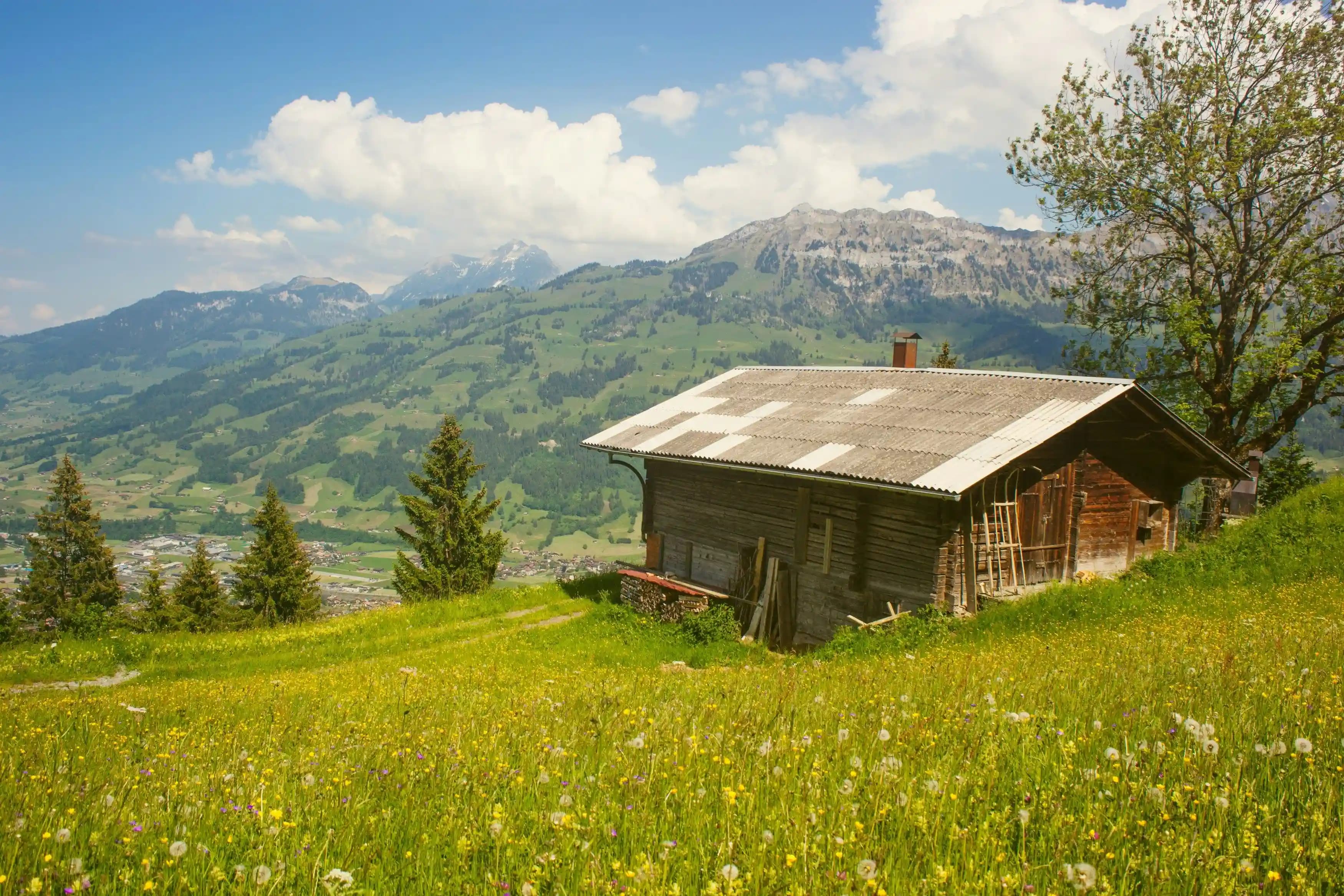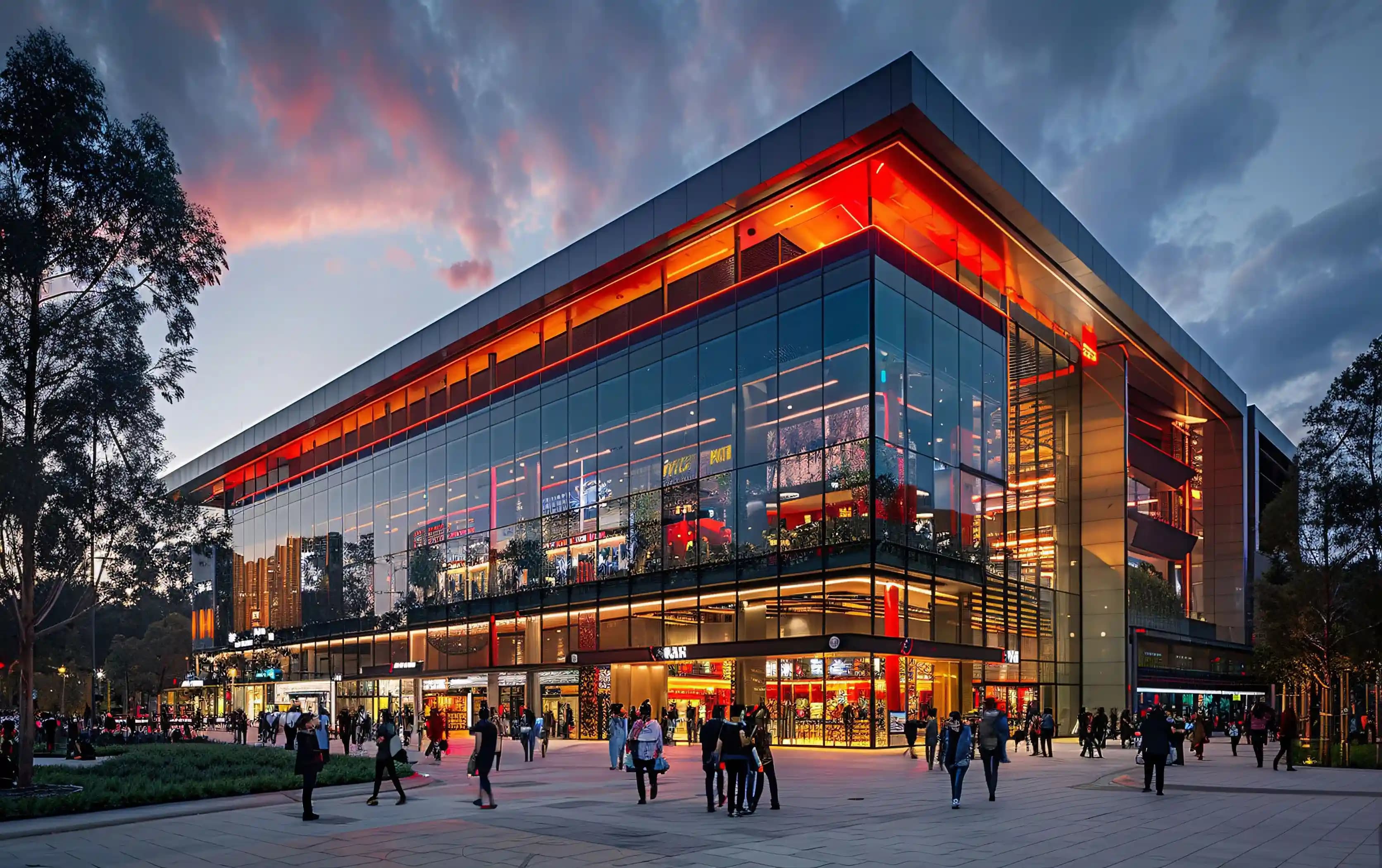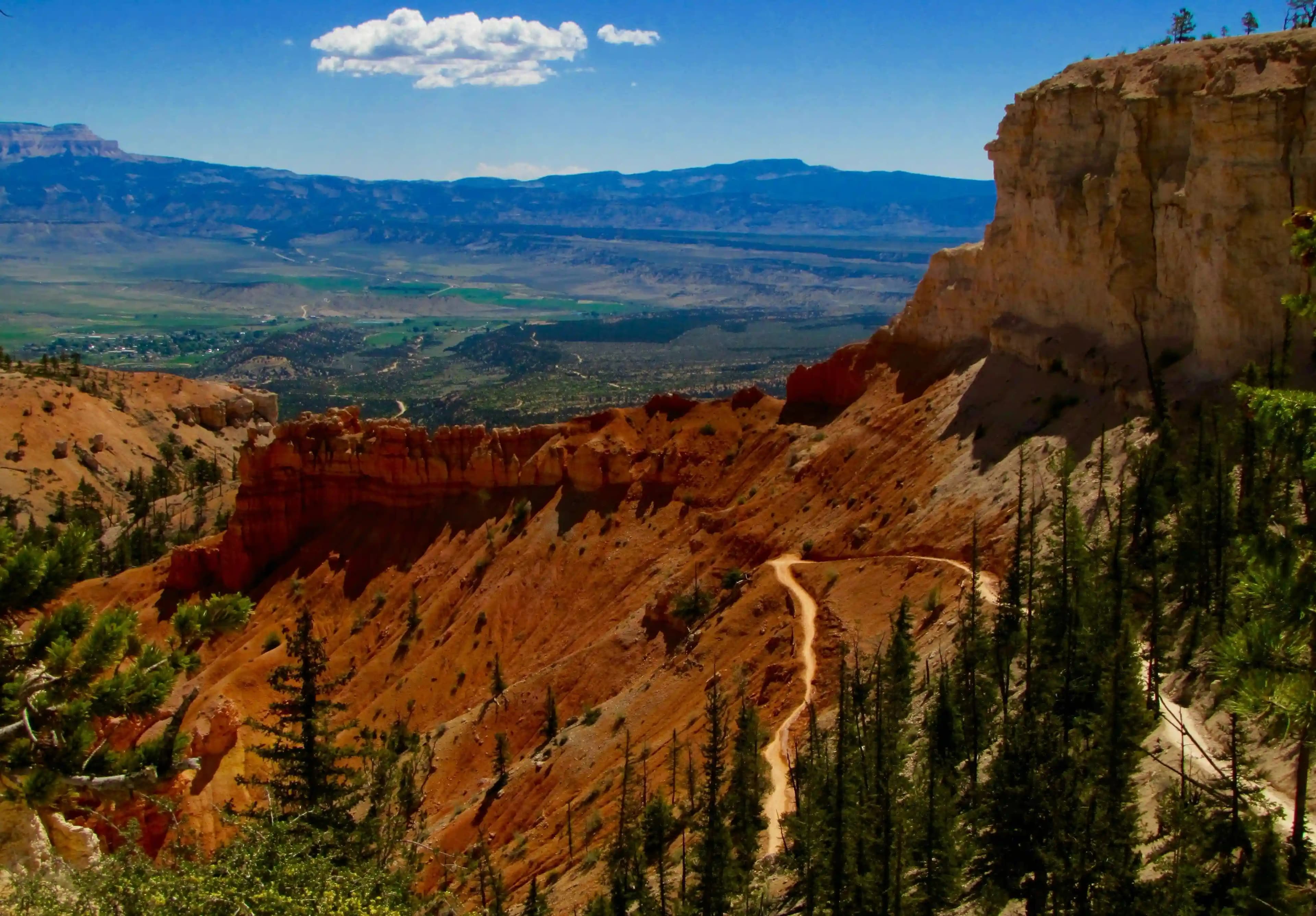With its emerging modern goodness, India is a land of deep spirituality and devotion where diversity coexists with religious harmony. From majestic temples to vibrant temples in every corner with prayers, chants, and rituals, the country houses significant pilgrimage sites like Varanasi, Rishikesh, Prayagraj, and Tirupati, making India a beacon of devotion and divine connection. Today, this blog deals with Tirupati Balaji Temple, one of the holiest temples of Lord Vishnu and known for the utmost faith that devotees' wishes will come true. Over time, the temple became a sacred place where crores of devotees come to seek blessings. Devotees believe Lord Venkateswara removes troubles and fulfils wishes. Today, Shree Tirupati Balaji Temple is one of the most famous and richest temples in India. The temple is famous for its grand rituals, rich donations, and delicious prasadam, especially the famous Tirupati laddu. So look no further, if visiting for spiritual reasons, architectural admiration, or sheer curiosity, here is everything you need to know about this sacred place of Andhra Pradesh.
Tirupati Balaji Temple History
Tirupati Balaji Temple is believed to be one of the most prominent temples in Indian history since its construction in 300 CE. The temple is among the last earthly Divya Desam, with one of the eight Vishnu’s Swayambhu Kshetra. The temple has been a major pilgrimage and sacred centre for devotees for over a thousand years now. It is believed that Lord Vishnu was incarnated to Lord Ventakeshwara and was here to help mankind in the Kali Yuga till eternity. Historical records suggest that rulers like the Pallavas, Cholas, and Vijayanagara Kings contributed to its development. The temple is known for its unique rituals, traditions, festivities, and offerings, making it a must-visit spot on your pilgrimage tour of Indian temples.
Suggested Read: The Places To Visit In South India: A Cultural Journey
Mythological Significance
Mythologically, the temple legend has its references in many ancient scripts and Puranas like Varaha Purana, Padma Purana, Garuda Purana, Brahmanda Purana, Markandeya Purana, Aditya Purana, Skanda Purana, and Bhavishyottara Purana. But primarily in Venkatachala Mahatmya and Varaha Purana. The legend surrounding the temple’s main deity, Lord Venkateshwara related to Lord Vishnu and Adi Varaha, who himself manifested the temple’s present pond Swami Pushkarini.
Tirupati Balaji Temple Location
Tirupati Balaji Temple, officially regarded as Sri Venkateswara Swamy Temple, is in the town of Tirumala, Andhra Pradesh, India. It is located on the Tirumala Hills, about 20 kilometres from Tirupati city. The temple is situated at an altitude of around 3,200 feet in the Eastern Ghats, surrounded by seven hills each of which is denoted to other gods. The temple is in a peaceful and beautiful location welcoming devotees from all over the world to seek blessings from Lord Venkateswara.
Tirupati Balaji Temple Address: Sri Venkateswara Swamy Temple, Tirumala, Tirupati, Andhra Pradesh, 517504
Suggested Read: Best Tourist Places To Visit In Summer In South India: An Immersive Experience
11 Unique Features of Tirupati Balaji Temple
The grandeur of Tirupati Balaji Temple is not only about divines and holy vibes in the atmosphere, but a lot more about the wholesome unique features that make it what it is now. Have a look at some of them below, that will make your visit more useful and worthy:
1. Deities of the Temple
There are main five deities in the main garbhagriha including the idol of Lord Venkateswara appears to be standing in the centre of the sanctum, but it slightly leans forward. The hair of the idol is said to be real, soft, and tangle-free, and it is said to grow naturally like real humans. The five deities represent Lord Venkateshwara which are together called Pancha Berams. All the five deities are beautifully adorned with precious jewels of silver, gold, and diamonds. Each deity has a specific role in the temple Pooja, as mentioned briefly:
Dhruva Beram: The main presiding deity of Lord Venkateshwara is called Moolavirat, stands tall in the centre of the main sanctum, with four arms believed to be the source of spiritual energy and positivity of the whole temple.
Kautuka Beram: The silver three-foot deity that is meant to receive daily sevas on behalf of the main deity Moolavirat.
Snapana Beram: The deity presents the angry aspect of Lord Venkateshwara. The deity is meant to receive the daily cleansing ritual of Abhishekam.
Utsava Beram: As the name suggests, this deity is the portable image of the main deity for processions on all the festivals and goes on tour around the temple on a golden chariot.
Bali Beram: This deity is responsible for all the financial aspects of the temple. The daily accounts including income and expenditures are offered in front of Lord Venkateshwara for approval in the morning ritual.
2. Architecture of Tirupati Balaji Temple
The magnificent temple is constructed in the Dravidian style with a mix of Vijayanagara-style architecture. The wall and main dwarams are beautifully engraved with detailed carvings, pillared halls, pyramidal roofs, and towering gopurams throughout the temple. The main shrine or sanctorum has gold-plated towers and is called Ananada Nilayam under which the main deity resides. The whole premises is built with granites, soapstones, and sandstones displaying the unique South Indian architecture of Agama Shilpa. The temple also holds a beautiful pond called Swami Pushkarni.
3. Pooja Rituals at the Temple
The daily pooja and related rituals of the Tirupati Balaji Temple are unique in their happening and quantum. There a daily rituals, weekly rituals, special rituals, and processions on festivals like Suprabhatam, Thomala Seva, Archana, Ekanta Seva, Poolangi Seva, Srivari Abhishekam, Koluvu, Kalyanotsavam, Arjita Brahmotsavam, or Pavithrotsavam.
Suggested Read: Things to Do in Tirupati Balaji Temple
4. Prasadam of Tirupati Balaji Temple
The temple is famous for its Tirupati Laddu, a sacred sweet offered to devotees as prasadam. The laddu is prepared in large quantities daily and is geographically indicated, which means only Tirumala Tirupati Devasanthanams is entitled to sell and make these Laddus. Many Prasadams are offered to Lord Balaji which are briefly categorized as Anna-Prasadams and Panyarams. All devotees are eligible for free meals daily.
5. Dress Code
The modest dress code is a strict norm for all the devotees of the Tirupati Balaji Temple. Ethnic and traditional dress code is mandatory for anyone visiting the temple.
- Men: Wear a dhoti or pyjamas with a shirt or a kurta on the upper body.
- Women: Wear a saree, half-saree, lehenga-choli, or salwar kameez.
6. Festivals Celebration at Temple
As per the leads, Venkateshwara temple of Tirupati celebrates more than 400 festivals in 365 days of the year making festivities and rituals a daily affair in the temple’s charm and grandeur.
Take a look at some of the major festivals of the temple. You can also check a detailed guide on the best time to visit Tirupati.
- Brahmotsavam: Grand festival lasting 9 days during Chaitra Navratri and Dussehra.
- Vaikunta Ekadashi: Special prayers for Lord Vishnu as Ekadashi tithi is dedicated to Lord Vishnu.
- Rathotsavam: The temple deity is taken on a grand chariot procession around the temple.
7. Donations
Donations at Tirupati Balaji Temple are like devotees the temple receives huge donations, making it one of the richest temples in the world. Hundi donation at the temple in a day goes up to ₹2.2 crores. This ritual is a result of the belief that the donation serves as part of the repayment of the loan taken by Lord Ventakeshwara from Kubera for his wedding with Padmavati.
Apart from monetary donations, non-monetary donations in kind are also made at the temple in the form of gold, silver, coins, sugar, jaggery, tulsi leaves, fruits, or dry fruits. Devotees believe that offerings at Tirupati Balaji Temple help settle this divine loan.
8. Hair Donation/Offerings
One more unique ritual of the Tirupati Balaji Temple involves Hair donation through tonsuring as an offering to God. There are hundreds of male and female barbers to do the task for you, leading to a daily collection of a ton of hair, which is then sold in the international market bringing more profit for the temple. This ritual is after the legend of Lord Venkateshwara and Neela Devi, wherein Devi devoted her hair to the Lord when he lost a portion of his scalp hairs. It’s believed that the offered hairs are accepted by Neela Devi, resulting in more blessings and wish fulfilment.
9. Seven Hills of Tirumala
Tirupati Balaji Temple location is on one of the seven Tirumala Hills, which is why it is also called Sapthagirisha. The hill range is often called Saptgiri representing the seven heads of Adisesha, the king serpent who carries Lord Vishnu. The seven hills are dedicated to Hanuman, Neela Devi, Garuda, Sesha, Narayana, Vrishbhasura, and lastly Venkateshwara.
10. Tirumala Tirupati Devasthanam
The temple is managed by Tirumala Tirupati Devasthanams, who is the main governing body of management and organisation of the temple. The body also maintains 12 other temples and their sub-temples in India and the world. Visitors to Tirupati Balaji Temple can also book seva and stay accommodations on the main authority’s website.
Suggested Read: South India's Scenic Splendor: A Journey in the Vistadome
11. Temple’s Legend
It is said that a long time ago, Sage Bhrigu wanted to test which god was the greatest amongst the trinity: Brahma, Shiva, or Vishnu. He tested Bramha and Shiva, consequently cursing them with odd worshipping on Earth. Then, he went to test Lord Vishnu, where Vishnu purposefully ignored his presence inviting his anger, and kicked Lord Vishnu in the chest, but Vishnu remained calm. However, Goddess Lakshmi, feeling insulted as Vishnu’s chest was her residence, left Vaikuntha and came to Earth.
Lord Vishnu followed only to search for her on Earth and took birth in the human form of a man named Srinivasa. One day, a princess named Padmavati fell in love with him desirous to marry him. Srinivasa informed his mother of his bosom interest in Princess Padmavati, and his wish to marry her. The beloved marriage took place in a grandeur celebration for which Srinivasa borrowed money from the god of wealth, Kubera, promising to repay it. However, on hearing of his second marriage, Goddess Lakshmi came out to confront him along with his newly married wife Princess Padmavati. It is then Lord Srinivasa turned into a granite statue of Lord Venkateswara in front of his two spouses, settling on Tirumala Hills. After his turning, the other two supreme Gods, Lord Bramha and Lord Shiva appeared to clear the confusion and his very purpose of blessings and emancipation of mankind by eternally residing on earth in the form of Lord Ventakeshwara, after which, both the spouses also turned into stone idols to be resided for endless time along with their Lord.
Best Time to Visit Tirupati Balaji Temple
Winter months of November to February are the best time to visit Tirupati Balaji Temple considering the overall festivities and weather for a comfortable trip. The temple is busiest during Brahmotsavam between September and October during Dussehra and Navratri. Also, try visiting on weekdays to avoid long queues.
How to Reach Tirupati Balaji Temple?
Reaching Tirupati Balaji Temple is easy and convenient due to its worldly recognition. The temple has well-connected road routes, making it very accessible. Pilgrims from all around the world reach the temple every day to seek blessings at the Temple. So, wherever you might be travelling from, here are the ways to reach Tirupati Balaji Temple:
1. By Air: When travelling from far distance and by air, the nearest airport is Tirupati Airport (TIR), which is located about 40 kilometres from the temple.
2. By Train: The city itself has Tirupati Railway Station, which is well-connected with major Indian cities of South India.
3. By Road: The most popular and used means of transport to reach Tirupati Balaji Temple is by road. There are frequent buses and cabs between Tirupati and Tirumala from almost all the major South Indian cities. The most preferred way would be to self-drive or book a cab.
Note: Tirupati Balaji temple distance from major cities of the South;
Chennai to Tirupati Balaji Temple: 135 kilometres
Bangalore to Tirupati Balaji Temple: 250 kilometres
Vellore to Tirupati Balaji Temple: 127 kilometres
Suggested Read: Coldest Places In South India: A Relief From The Heat
Tirupati Balaji Temple Booking & Darshan
For anyone planning to visit Tirupati Balaji Temple booking can be done online or directly over the Tirupati counters. The various types of Darshans are available at the temple with an average of 87,000 daily devotees, as discussed below:
1. Sarva Darshan (Free Darshan): Free darshan without tickets.
2. Special Entry Darshan (Seeghra darshan): General Darshan at a ticket of ₹300 per person, wherein the queue will be different and quicker than Sarva Darshan.
3. VIP Darshan: Meant for VVIP devotees, VIP devotees, and Srivani Trust Donor Scheme (wherein desirous devotees can donate ₹10000 along with a ticket of ₹500 for instant VIP darshan)
4. Package Darshan: Yet more popular category wherein the Darshan tickets are included as a travel tour package.
Useful Information:
- Online booking is available at tirupatibalaji.ap.gov.in OR ttdevasthanams.ap.gov.in
- Normally, Tirupati Balaji temple opening time is 24*7, however, occasional short breaks happen at daily rituals and Poojas.
- Tirupati Balaji Temple Timings for darshan are 6:30 AM to 7:00 PM, which may vary on special occasions.
- VIP Darshan is available only with pre-booking or pre-payment.
Suggested Read: Top Hill Stations In South India: Discover Breathtaking Retreats Awaiting You
Tirupati Balaji Temple Rules & Guidelines
The temple has strict rules and guidelines to be followed by all the visitors. Look at the main rules and guidelines for a respectful and hassle-free visit to temple premises:
1. Mobile phones, cameras, leather items, and plastic products are strictly not allowed inside.
2. General rules of no non-vegetarian food, no alcohol, no smoking, and no littering are to be followed in the temple area too.
3. Do not prostate and carry large amounts of cash and valuables on the temple premises.
4. Maintain silence, non-violence, patience, and gratitude, and follow the instructions of the temple authorities.
Conclusion
With its wide recognition and unique rituals, Tirupati Balaji Temple is not just a religious site; it’s an experience of devotion, spirituality, history, and divinity. But whenever you plan a visit, make sure to follow the guidelines, book your darshan in advance, and embrace the spiritual aura of this legendary temple.
Frequently Asked Questions about Tirupati Balaji Temple
1. Can we visit Tirupati Balaji Temple without prior booking?
Yes, you can visit Tirupati Balaji Temple without prior booking, but online booking is recommended to avoid long waiting times.
2. What is special about Tirupati Balaji Temple?
Tirupati Balaji Temple is popular for its magnificent spiritual value and the devotional belief of millions of devotees it attracts annually. It is one of the most famous Hindu pilgrimage sites in the world.
3. Can we get a 300 Rs ticket in Tirupati?
Yes, you can easily get ₹300 tickets in Tirupati Balaji under the Special Darshan scheme.
4. Tirupati Balaji Temple is in which state?
Tirupati Balaji Temple is located in the Tirupati district of Andhra Pradesh state.
5. Why are Balaji's eyes closed?
According to their spiritual beliefs, Lord Balaji’s eyes are closed as if anyone who looks straight at them might lose their wits and normalcy, as the eyes emit divine and cosmic energy that can not be witnessed by normal humans. This is the reason why Lord Balaji’s eyes are covered with white masks or closed. However, the same are open on Thursdays for devotees. There are several other stories relating to this. But, the most reasonable version in the current Yug would be the above one.
